Optimal Timing for Foundation Repairs
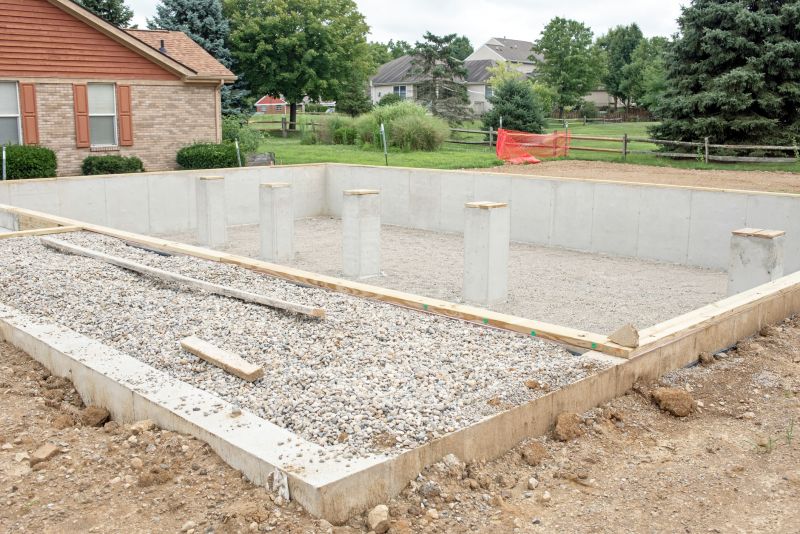
Spring offers moderate temperatures and stable ground conditions, making it suitable for foundation work.
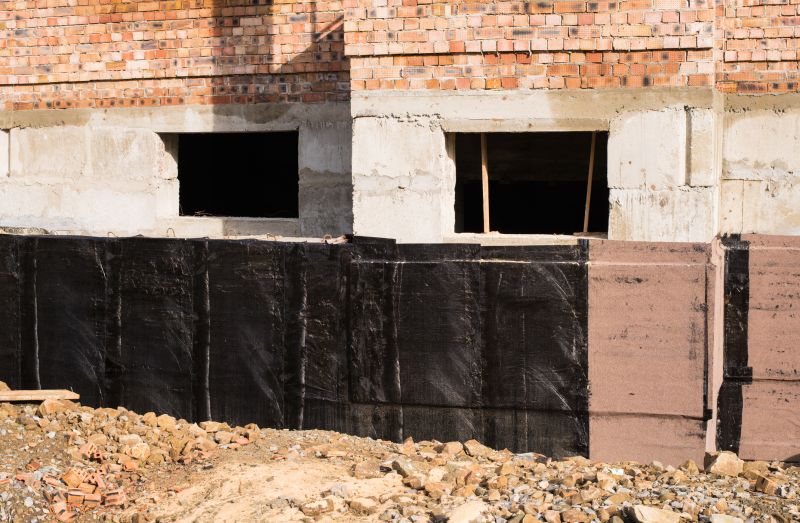
Summer provides longer daylight hours, but high temperatures and dry soil can complicate repairs.
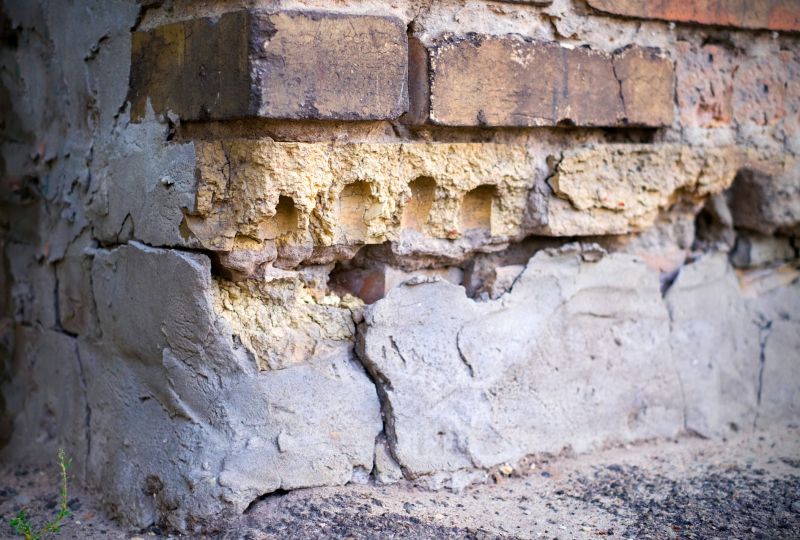
Fall's cooler weather and moisture levels can be ideal for foundation repairs before winter.
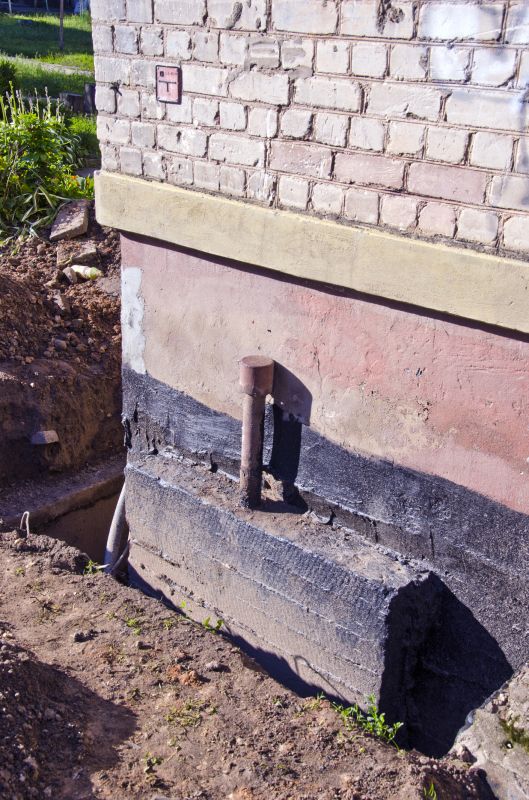
Winter is generally less favorable due to freezing temperatures and frozen ground, which can hinder repairs.

Late spring and early fall are typically the most suitable times for foundation repairs due to favorable weather conditions.

Weather stability, soil moisture levels, and temperature fluctuations influence the best timing for repairs.
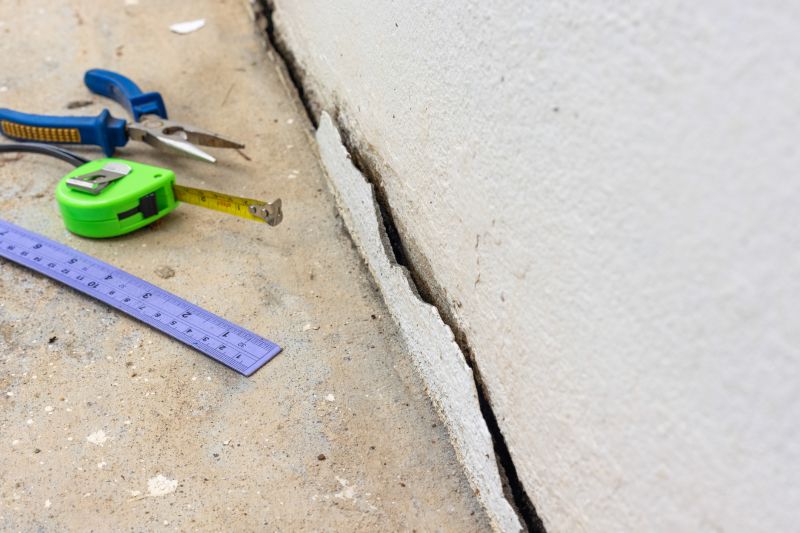
Ways to make Foundation Repairs work in tight or awkward layouts.
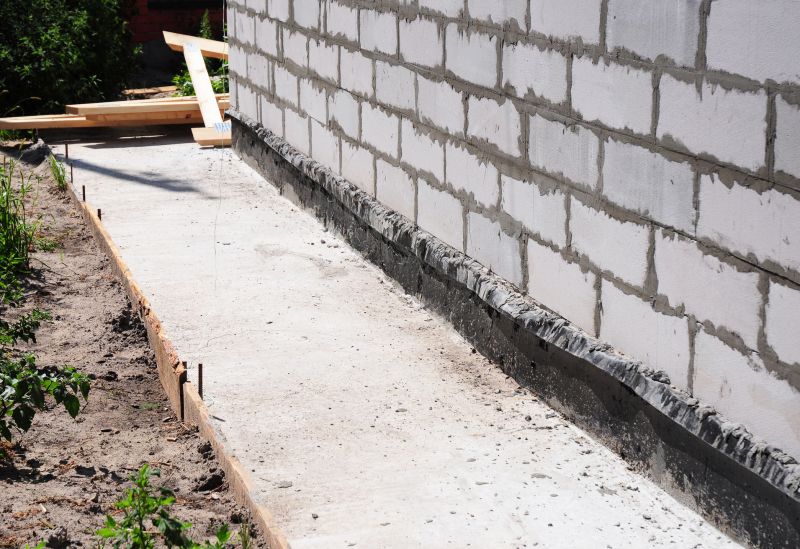
Popular materials for Foundation Repairs and why they hold up over time.
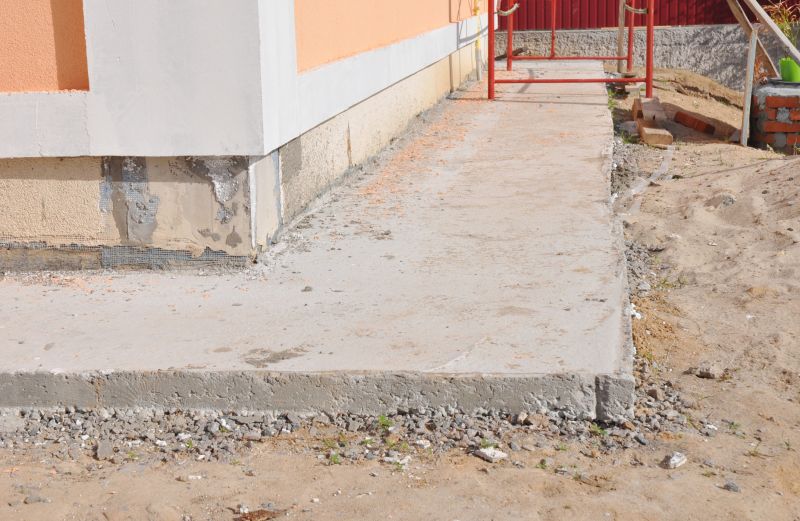
Simple add-ons that improve Foundation Repairs without blowing the budget.
Foundation repairs are essential for maintaining structural integrity and preventing further damage to a property. The timing of repairs can significantly impact their effectiveness and cost. Seasonal factors such as soil moisture, temperature, and ground movement influence the success of repair projects. Understanding the optimal periods for foundation work ensures that repairs are performed under conditions that minimize complications and maximize durability.
Statistics indicate that foundation issues are among the most common structural problems in residential properties. Approximately 25% of home repairs involve addressing foundation settlement, cracking, or shifting. Proper timing aligned with seasonal conditions can reduce repair costs by up to 15% and extend the lifespan of the repair work. Recognizing the right time to undertake foundation repairs is crucial for homeowners seeking long-term stability.
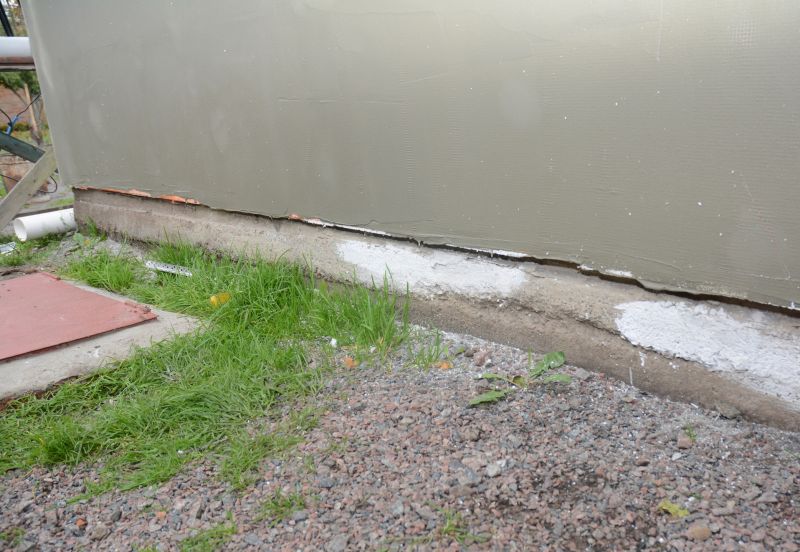
Visible cracks can indicate shifting or settling that requires prompt repair.

Moisture levels in soil directly affect foundation stability and repair timing.

Doors and windows sticking, uneven floors, and wall cracks signal potential foundation issues.

Methods include underpinning, piering, and slabjacking, suitable for different conditions.

Extreme weather can delay or complicate foundation repair projects.
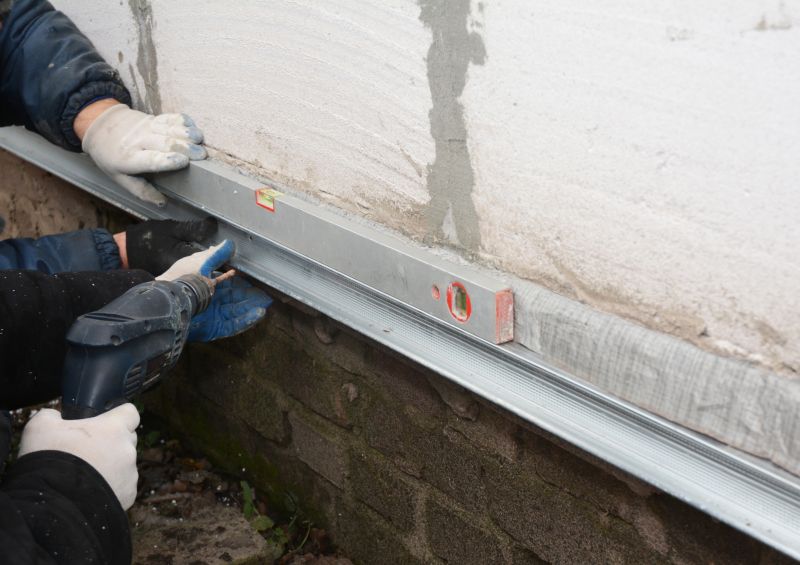
Professional assessment helps determine the best timing for repairs.

Proper drainage and soil management can reduce the need for future repairs.

Costs vary based on severity, method, and timing, emphasizing the importance of scheduling appropriately.
| Season | Advantages |
|---|---|
| Spring | Moderate temperatures and manageable soil moisture levels |
| Summer | Longer work hours and dry conditions, but risk of heat stress |
| Fall | Cooler weather and moist soil ideal for repairs |
| Winter | Limited; freezing ground can hinder work |
Choosing the right season for foundation repairs involves assessing weather conditions and ground stability. Spring and fall generally provide the most favorable conditions, with moderate temperatures and manageable soil moisture. Summer may be suitable with precautions against heat and drought, while winter is typically less ideal due to freezing temperatures and frozen ground. Proper timing ensures repairs are effective and durable.

Step-by-step procedures vary based on the specific issue and season.

Controlling soil moisture levels is crucial for successful foundation repair timing.

Regular inspections help ensure long-term stability after repairs.

Specialized equipment is used, with seasonal adjustments for optimal results.

High-end options that actually feel worth it for Foundation Repairs.

Finishes and colors that play nicely with Foundation Repairs.

Little measurements that prevent headaches on Foundation Repairs day.
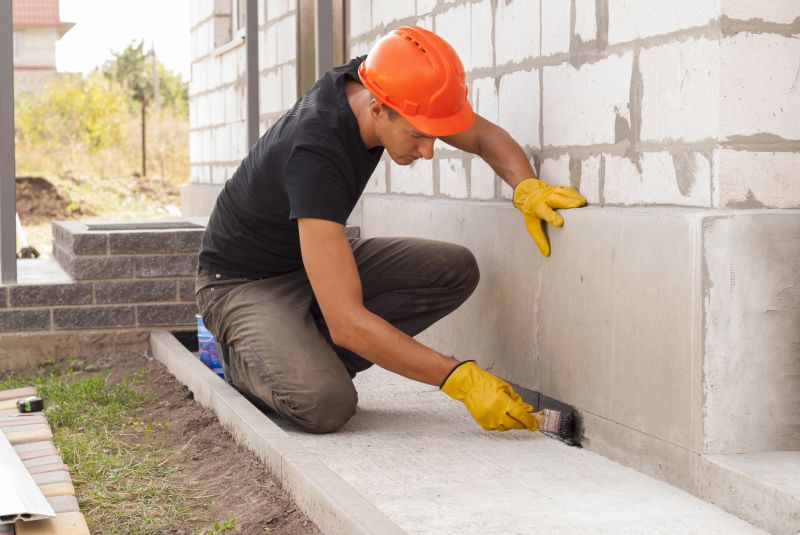
A 60-second routine that keeps Foundation Repairs looking new.
Timely foundation repairs can prevent costly future damages and maintain property value. Evaluating seasonal factors and ground conditions assists in planning repairs at the most advantageous time. Consulting with foundation specialists ensures that repairs are scheduled during periods of optimal weather and soil stability, leading to more effective and lasting results.
A frequent mistake in Foundation Repairs and how to dodge it.
Small tweaks to make Foundation Repairs safer and easier to use.
Lower-waste or water-saving choices for Foundation Repairs.

